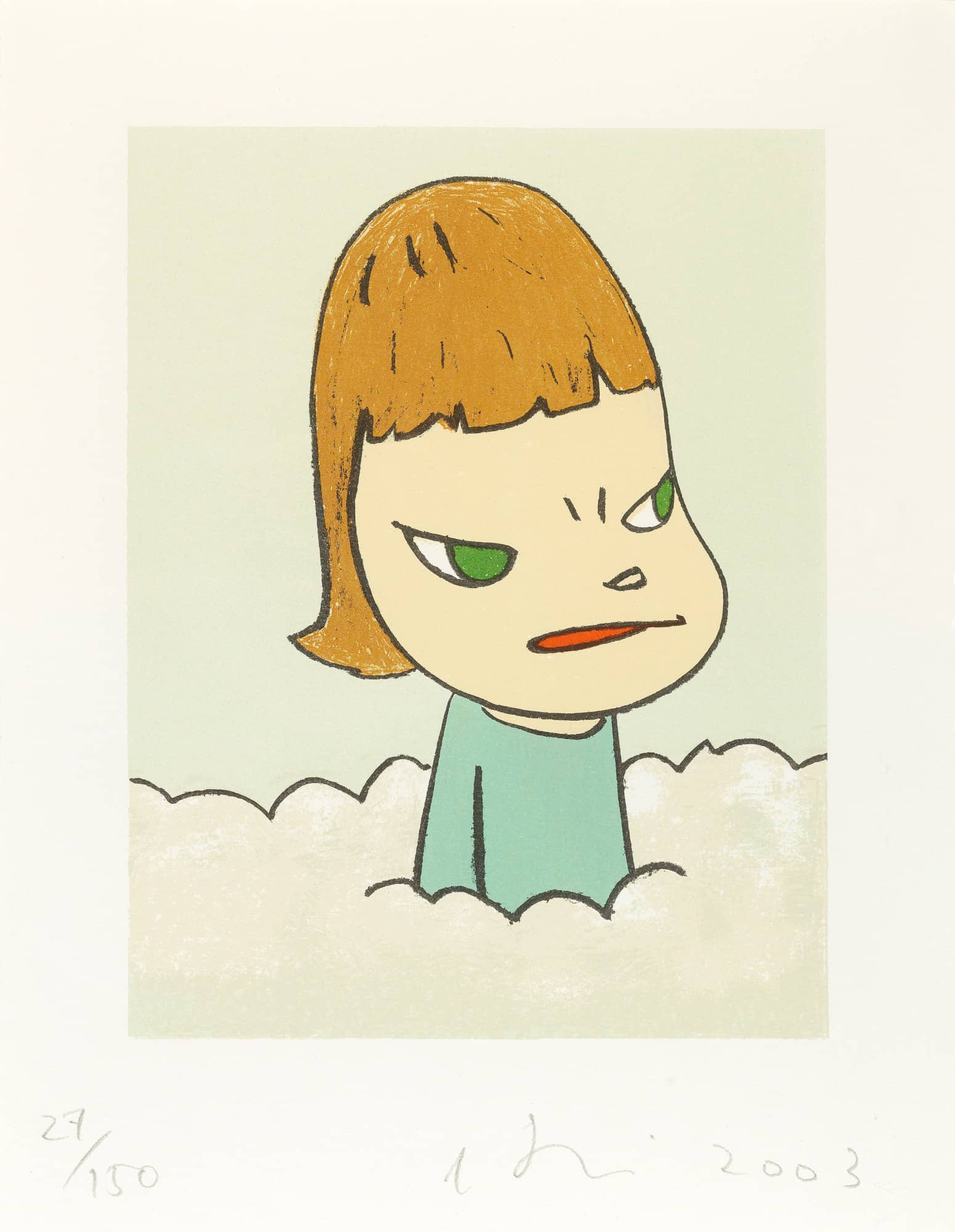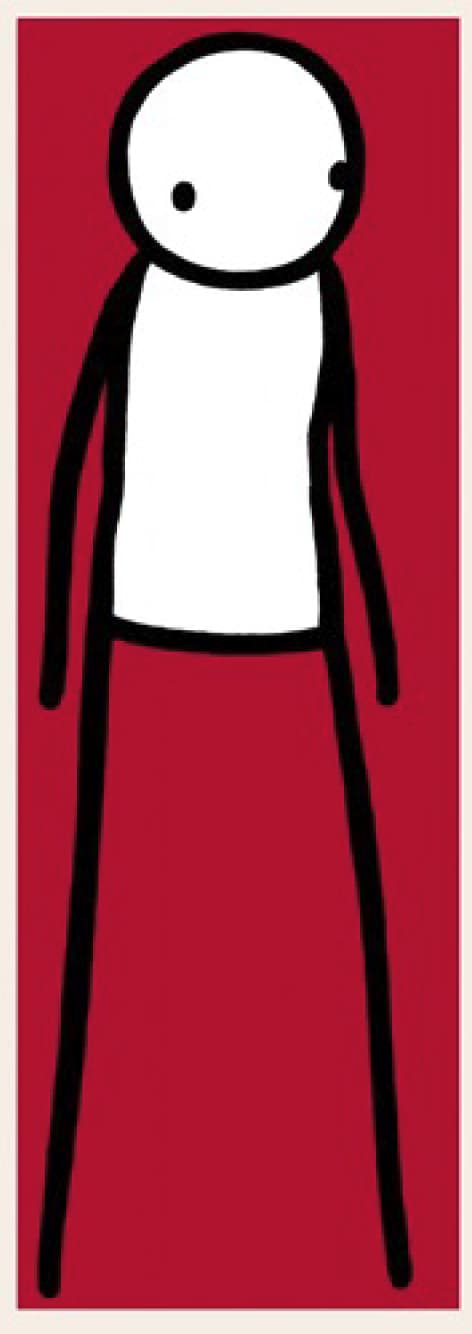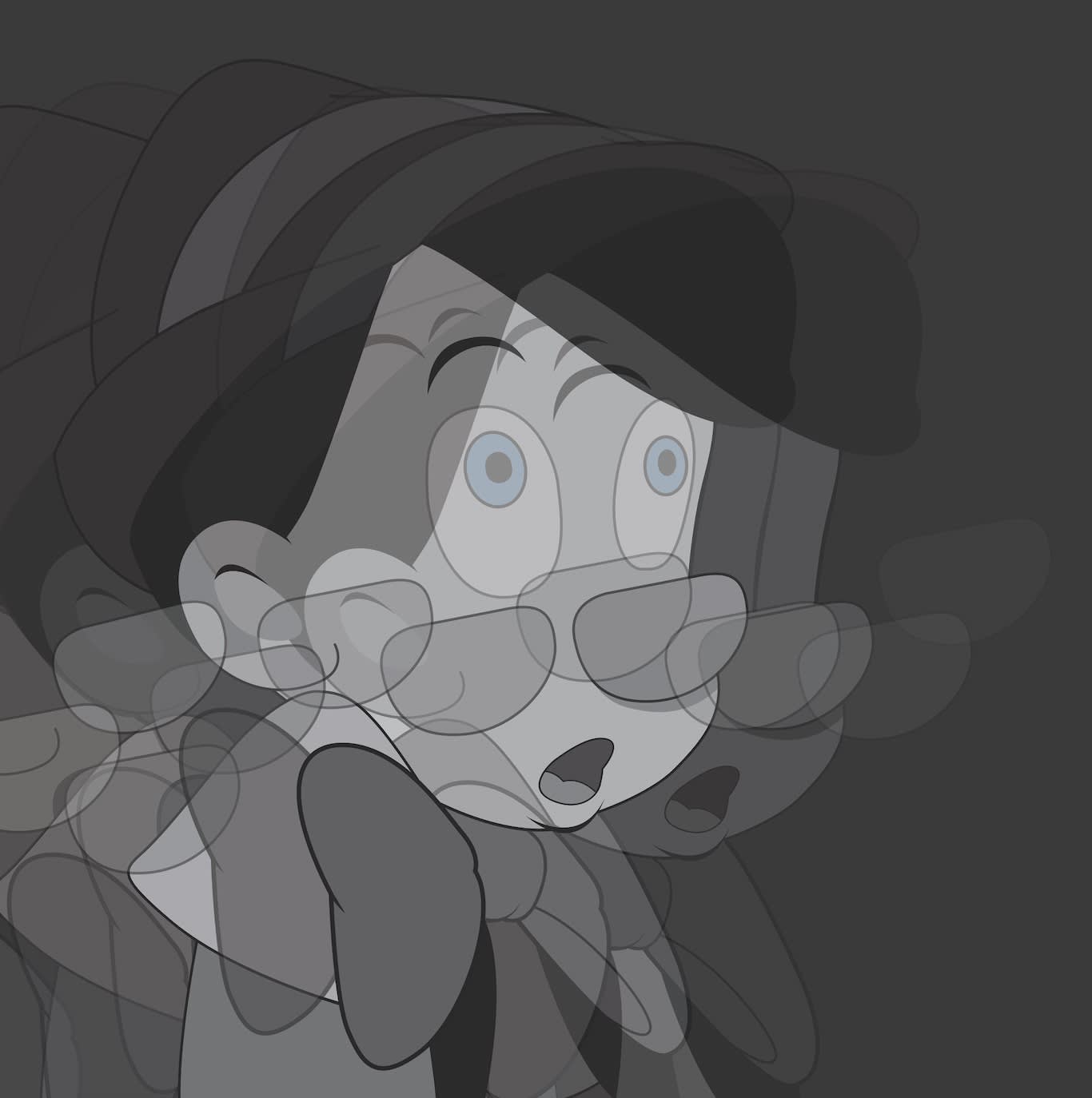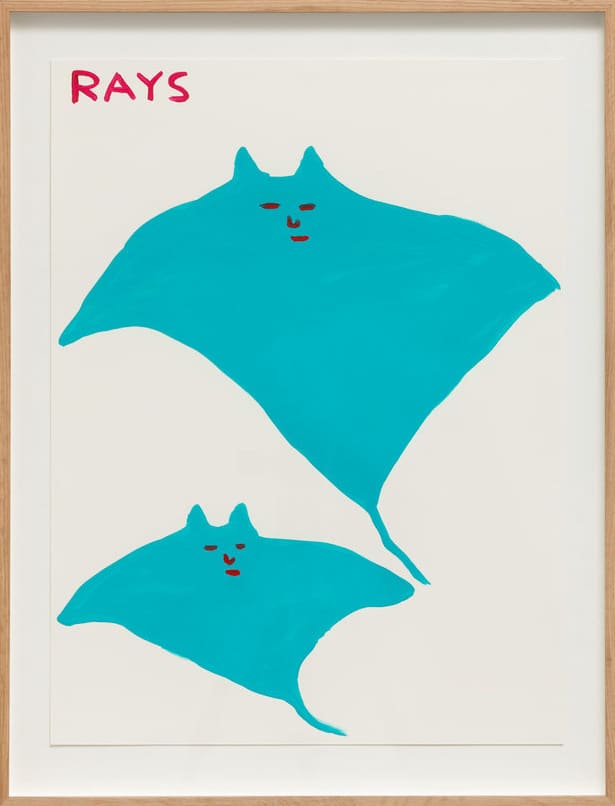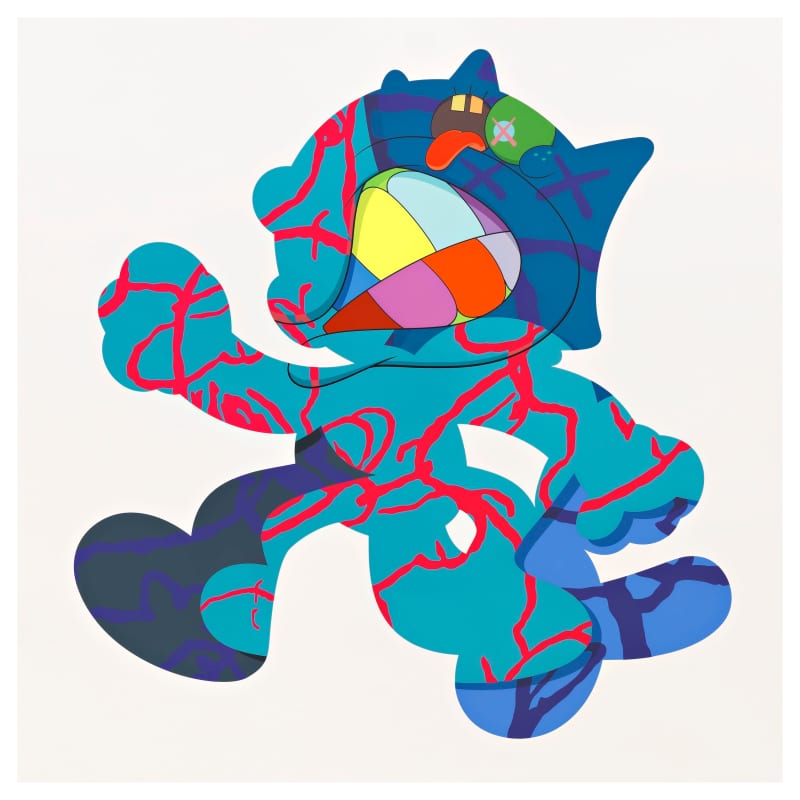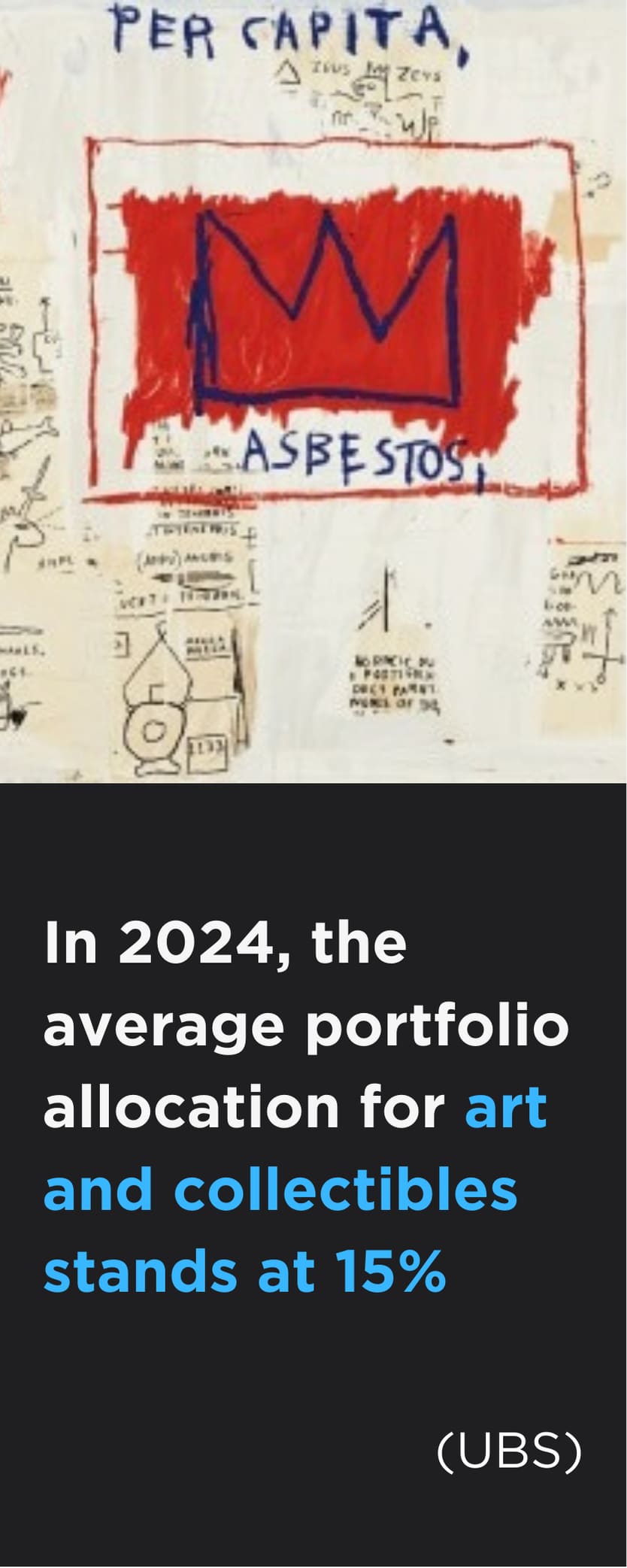From Yoshitomo Nara to Jerkface, we consider the contemporary artists channelling the Japanese cultural phenomenon of kawaii and what it means.
Translating to mean ‘adorable’ or ‘cute’, the word ‘kawaii’ has come to represent a whole movement in Japanese popular culture. Championing a youthful and positive outlook, ‘kawaii’ embraces themes of innocence and nostalgia, as well as incorporating a whole host of communicative characters, often with expressive features and rotund bodies. Whether the term is used to describe animals, people or even food, ‘kawaii aesthetic’ or ‘cuteness culture’, has become a prominent aspect of society in Japan and has infiltrated wider culture internationally. We look at a range of artists from across the world whose work are influenced by this fascinating movement and examine the pervasive effects of the cult of cute.
Yoshitomo Nara
Japanese contemporary artist, Yoshitomo Nara, is widely renowned for his paintings and prints depicting sweet but sinister children and animals. A typical example of kawaii artwork, Nara has won international critical acclaim for his varied array of wide-eyed characters. Exploring themes of innocence, isolation and youth rebellion, the characters in Nara’s work are drawn with simplicity, yet their oversized features and skewed proportions make their emotions complex. Rendered in a pastel palette, Nara’s work is at once dreamlike but rooted in the reality of childhood experience.
YOSHITOMO NARA, IN THE CLOUD, 2003
STIK
Created with the same simplicity of Nara’s work, British anonymous street artist STIK also produces artwork influenced by kawaii. Created with two dots, two circles and four lines, there is an ineffable charm to the artist’s minimalist but lovable characters, who have come to represent friendship, love and community. Crafting single or group compositions, STIK’s work is always rendered in a monochrome palette with the addition of one single block colour which feeds into both the simplicity and youthful appeal of his endearing artwork.
KAWS
American contemporary visual artist KAWS is known for paintings, sculptures and toys that reappropriate elements of popular culture. Launching to fame through his collaboration with Japanese toy-maker and streetwear brand Bounty Hunter in 1999, the American artist is strongly influenced by Japanese contemporary society. Not only do the vivid colours and busy compositions of his prints echo that of manga, but also KAWS’ toys are inspired by kawaii culture. The round bodies and cute faces speak to the genre and the very the fact they are toys created to be collected adults is rooted in the youthful nature of kawaii.
Jerkface
Influenced by the global effect of kawaii, Jerkface is an anonymous street artist whose work plays with themes of nostalgia and innocence but with a subversive twist. By altering characters from treasured American cartoons like The Simpsons and Looney Tunes, Jerkface reimagines the characters we all know and love, in an act that establishes himself as the ultimate ‘cartoon villain’. Often using repetition and abstraction to amplify the character’s exaggerated forms, once familiar characters become alien yet remain recognisable.
JERKFACE, WHO NOSE (VARIANT), 2020
David Shrigley
Known for his humorous and child-like drawings, Shrigley’s artwork is the perfect example of kawaii fusing with the irony of British humour. Absurdist and sardonic in its humour, yet cute and loveable in its style, Shrigley’s paintings and prints are as familiar as they are bizarre. Often depicting animals and objects accompanied by text, scrawled in a juvenile script, the child-like writing and drawing create charismatic artworks that appeal to all ages.

